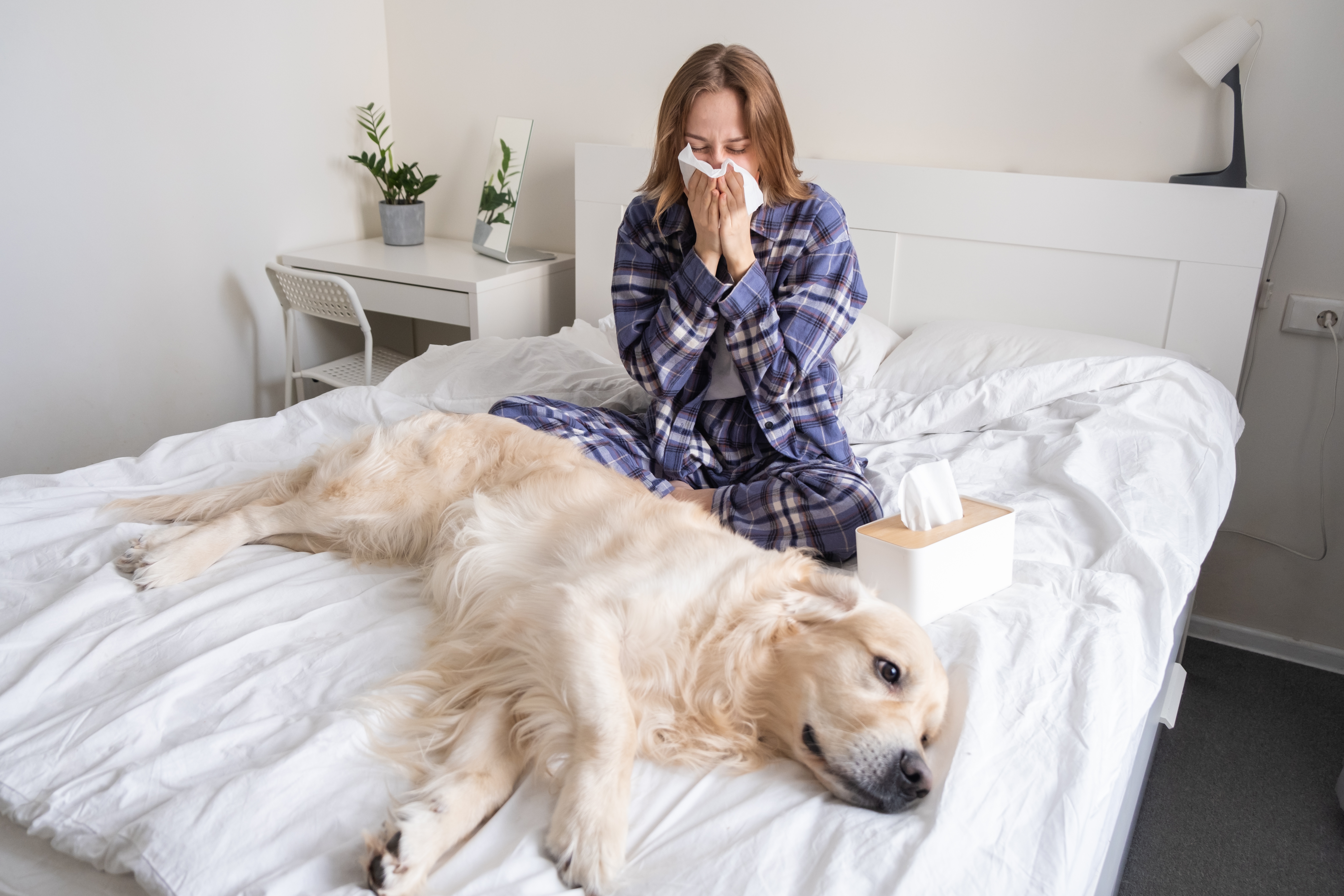How Pet Dander Affects Your Breathing
Pet dander, those tiny, nearly invisible flecks of skin shed by cats, dogs, and other furry companions, is a ubiquitous component of indoor air. While often overlooked, pet dander plays a surprisingly significant role in the quality of the air we breathe. This article embarks on a journey to uncover 11 unexpected ways that pet dander influences our everyday air, impacting everything from respiratory health to home ecosystems. By understanding these effects, we can better manage our indoor environments, ensuring healthier living spaces for both humans and pets.
Pet dander is a well-known allergen that can trigger respiratory issues in sensitive individuals. These microscopic particles can easily become airborne, infiltrating the lungs and exacerbating conditions such as asthma and allergic rhinitis. The proteins found in pet saliva, skin, and urine are potent allergens that can cling to dust particles, traveling through the air and settling on various surfaces. For those with pre-existing respiratory conditions, exposure to pet dander can lead to increased frequency and severity of symptoms, highlighting the importance of effective air filtration and regular cleaning in homes with pets.
2. The Role of HVAC Systems

Heating, ventilation, and air conditioning (HVAC) systems play a crucial role in circulating pet dander throughout a home. These systems can inadvertently spread dander from one room to another, creating a uniform distribution of allergens. Regular maintenance of HVAC systems, including changing filters and cleaning ducts, is essential to minimize the spread of dander. Advanced filtration systems, such as HEPA filters, can capture a significant portion of airborne dander, thereby improving indoor air quality and reducing the impact on allergy sufferers.
